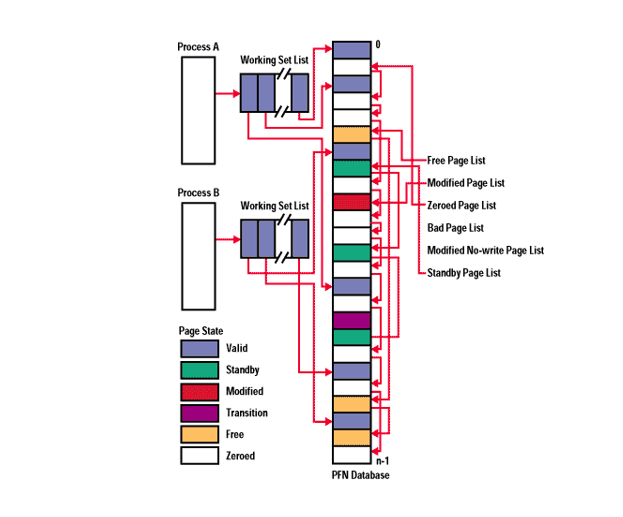Mapping Virtual to Physical Addresses Using Superfetch

With the Bring Your Own Vulnerable Driver (BYOVD) technique popping up in Red Teaming arsenals, we have seen additional capabilities being added like the ability to kill (EDR) processes or read protected memory (LSASS), all being performed by leveraging drivers operating in kernel land.
Sooner or later during BYOVD tooling development, you will run into the issue of needing to resolve virtual to physical memory addresses. Some drivers may expose routines that allow control over physical address ranges. While this is a powerful capability, how do we make the mapping between virtual and physical addresses? Mistakes can be costly and result in BSODs. That’s what we’re exploring in this blog post. We will document a technique that relies on a Windows feature referred to as “Superfetch”.